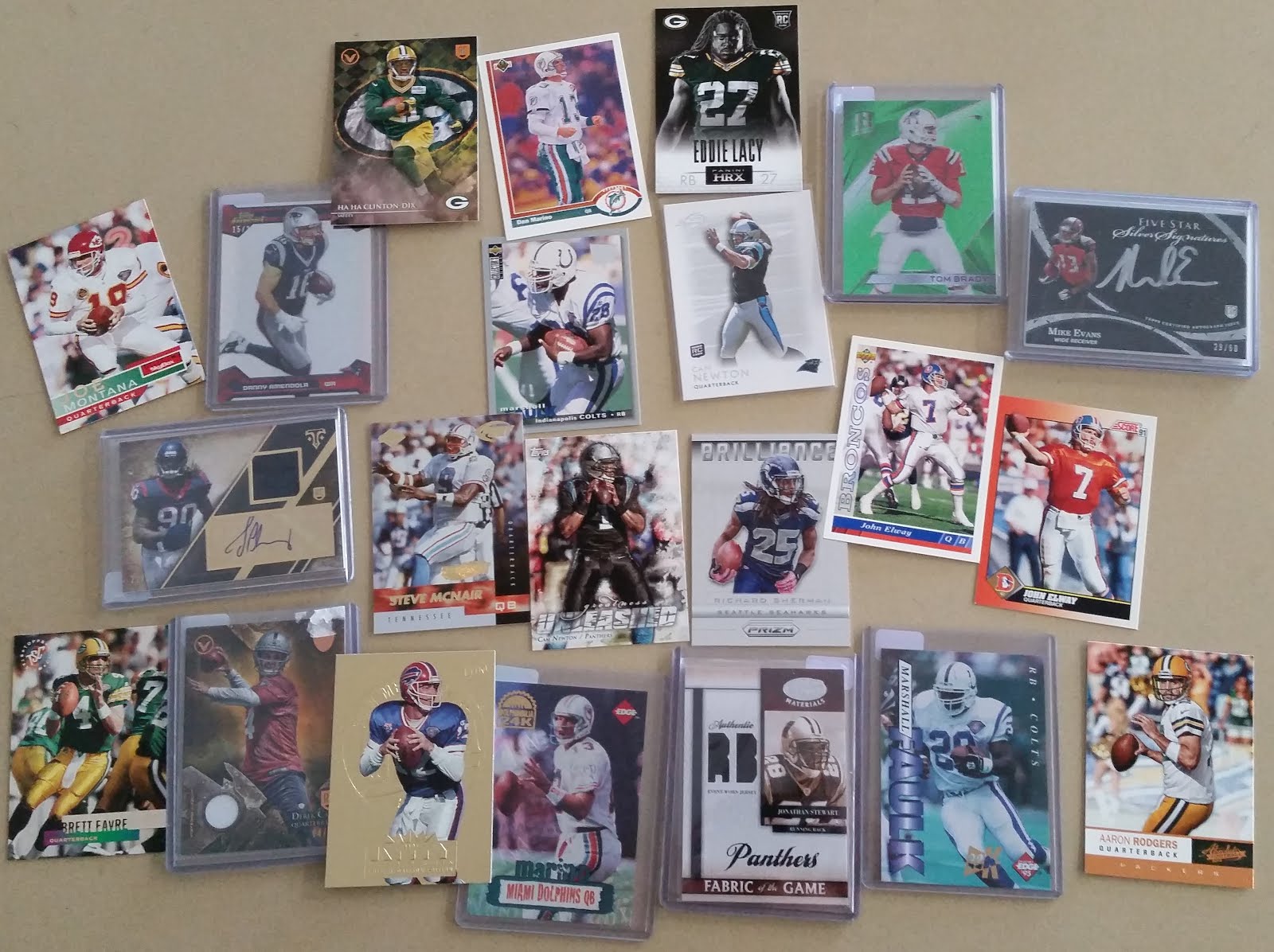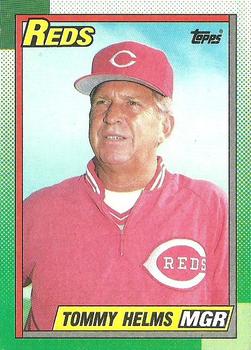- 1988 Topps
- 1989 Topps (and Traded)
- 1990 Action Packed (and Rookie Update)
- 1991 Pro Set Platinum
- 1992 Fleer
- 1992 Ultra
- 1993 Fleer
- 1993 Skybox Impact
- 1994 Collector's Choice
- 1995 Collector's Choice
- 1995 Upper Deck
- 1996 Donruss
- 1996 Select
- 1997 SPx
- 1997 Upper Deck
- 1997 Zenith
- 1998 Fleer Tradition
- 1999 Pacific Paramount
- 1999 Upper Deck HologGrFX
I wasn't a huge baseball collector back in those days, except for 1991, when the convenience store (the only one in my town) stocked Topps and Fleer cards. I would pick up a few baseball packs here and there as a kid, but my money typically went toward football. But after completing my youth years run of football, I thought it would be fun to do the same for baseball.
Which brings me to my story. Last month, I visited Platinum Sports and Music in Provo, Utah. I don't typically use the names of card shops in my blog, but this one deserves a shout-out. The owner, Steve, is a pretty good guy. He knows who I am and we talk when I come in. When I have my kids, he gives them quarters for the gumball machine.
Anyway, I stopped by in June and noticed a stack of 1993 Topps factory sets on the shelf. He told me they had found a case of them in a storage unit and I asked how much he was asking for them. He had me look up the prices on recently sold sets on eBay, and we found a range. He offered up a price that was about $5 lower than the low end of the range. I had sort of decided that I wanted to complete Upper Deck for my 1993 set, but this was a good price and it kept me from having to chase down a Jeter rookie for that year. I took it.
I noticed the box he gave me wasn't factory sealed, but I didn't think too much of it. I took it home and put it on a shelf, waiting to crack it open as a Father's Day activity. There were 10 Gold cards and 3 Black Gold cards included, so there was a little bit of surprise involved. Of the three years that Topps made a gold foil parallel in the early 90s, 1993 was always my favorite, so I did want to see if any fit into my collection.
I was disappointed when I opened my box. I should have taken a picture, but I didn't. But when I opened the box, it was obvious that it was not in its original factory state. There were about 50 cards that were not in the brick of cards going through the box. Instead, they were perpendicular to the other cards and shoved into the gap between the ends of the other cards and the box. I pulled them out; all of the Gold and Black Gold cards were there. Some commons and some prospects were there. Derek Jeter was there. And ALL of them had severely dinged corners.
My best guess is that somebody discovered this unsealed and searched through it to make sure it contained the Jeter rookie and the special cards before they sold it. But then they carelessly put the cards back in the gap and they jostled around and got damaged.As for the extras in the box, here are the Gold and Black Gold included. Barry Larkin was the best gold player, but my favorite gold card was the bottom left of the top photo, Bernardo Brito. I remember watching him play for the old Salt Lake Buzz when he was a prospect for the Twins. "Brrrrrito!" was by the AAA team's best slugger, but he never had much of a Major League career. After hitting .219 in 40 games over 3 seasons in Minnesota, he took his bat to Japan. I don't know how his career went after that. The Black Gold cards were a bit more interesting; I pulled a ROY collection fit in Eric Karros and the Redemption card for all four parts of the Black Gold set. (Most of the redemption cards were for parts A, B, C, or D. This was the ABCD redemption card.) I wish I could still redeem this thing. The stated odds on the box for an ABCD redemption card were 1:25 boxed sets.
I appreciate Steve for being willing to let me exchange the damaged set in the first place, let alone for allowing me to keep the harder-to-come-by, more expensive set. He says, "It's all about Karma here." Whatever the reason, I feel like he went above and beyond in customer service and I became the beneficiary of an unexpected boon.





























